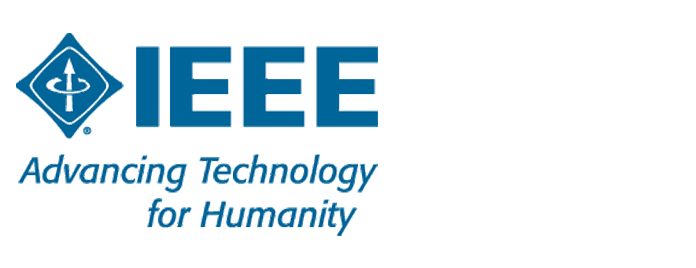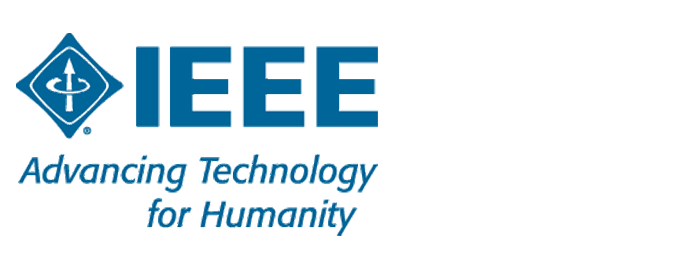Standard for the Process of Identifying and Rating the Trustworthiness of News Sources


This document specifies broadcast authentication protocols, which are protocols that provide data integrity and entity authentication in a broadcast setting, i.e. a setting with one sender transmitting messages to many receivers. To provide entity authentication, there needs to be a pre-existing infrastructure which links the sender to a cryptographic secret. The establishment of such an infrastructure is beyond the scope of this document.

ISO/IEC 30111 gives guidelines for how to process and resolve potential vulnerability information in a product or online service.
ISO/IEC 30111 is applicable to vendors involved in handling vulnerabilities.

ISO/IEC 30140-3:2018 The 30140 series provides general requirements, reference architecture and high-level interface guidelines supporting interoperability among underwater acoustic sensor networks (UWASNs). Part 3 provides descriptions for the entities and interfaces of the UWASN reference architecture.

ISO/IEC 30140-4:2018 The ISO/IEC 30140 series provides general requirements, reference architecture and high-level interface guidelines supporting interoperability among underwater acoustic sensor networks (UWASNs). Part 4 provides information on interoperability requirements among entities within a UWASN and among various UWASNs.


The IEEE 802 LAN/MAN Standards Committee develops and maintains networking standards and recommended practices for local, metropolitan, and other area networks, using an open and accredited process, and advocates them on a global basis. The most widely used standards are for Ethernet, Bridging and Virtual Bridged LANs Wireless LAN, Wireless PAN, Wireless MAN, Wireless Coexistence, Media Independent Handover Services, and Wireless RAN. An individual Working Group provides the focus for each area.

IEEE 802.11 is part of the IEEE 802 set of LAN protocols, and specifies the set of media access control (MAC) and physical layer (PHY) protocols for implementing wireless local area network (WLAN) Wi-Fi computer communication in various frequencies, including but not limited to 2.4 GHz, 5 GHz, and 60 GHz frequency bands.
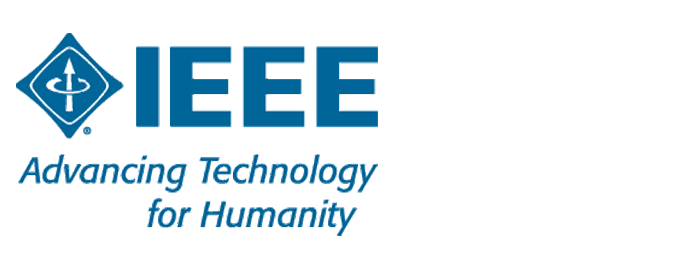
The 802.15 Working Group (WG) on Wireless Specialty Networks (WSN) focuses on the development of open consensus standards addressing wireless networking for the emerging Internet of Things (IoT), allowing these devices to communicate and interoperate with one another, mobile devices, wearables; Optical Wireless Communications (OWC), Autonomous Vehicles, etc . The goal is to publish standards, recommended practices, or guides that have broad market applicability and deal effectively with the issues of coexistence and interoperability with other wired and wireless networking solutions. The WG has completed a large body of work. Many of its standards, particularly IEEE Std. 802.15.4, are widely deployed around the world. The WG strives to be an incubator for new technologies and applications and has published the first standard utilizing the THz RF frequency bands for high speed wireless interconnection and reconfiguration of data centers. 802.15 is also the first organization to produce global standards for OWC.
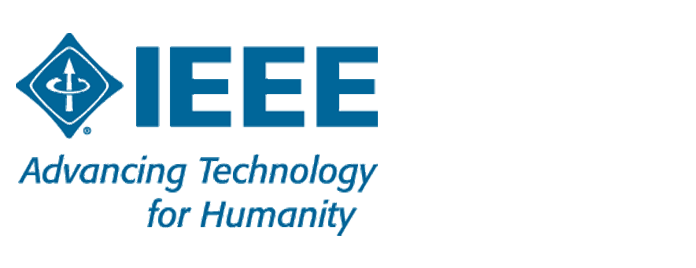
The IEEE 802.16 Working Group on Broadband Wireless Access Standards developed standards and recommended practices to support the development and deployment of broadband Wireless Metropolitan Area Networks and is currently in an inactive state of hibernation. IEEE 802.16 is a unit of the IEEE 802 LAN/MAN Standards Committee.
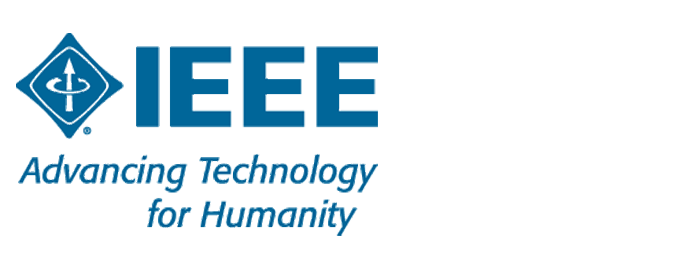
The IEEE 802.18 Radio Regulatory Technical Advisory Group ("RR-TAG") supports the work of the IEEE 802 LMSC and the IEEE 802 wireless Working Groups - IEEE 802.11 (WLAN), IEEE 802.15 (WSN), IEEE 802.16 (WMAN), IEEE 802.20 (Wireless Mobility), IEEE 802.21 (Handoff/Interoperability Between Networks), and IEEE 802.22 (WRAN) - by actively monitoring and participating in radio regulatory matters worldwide as an advocate for IEEE 802.
